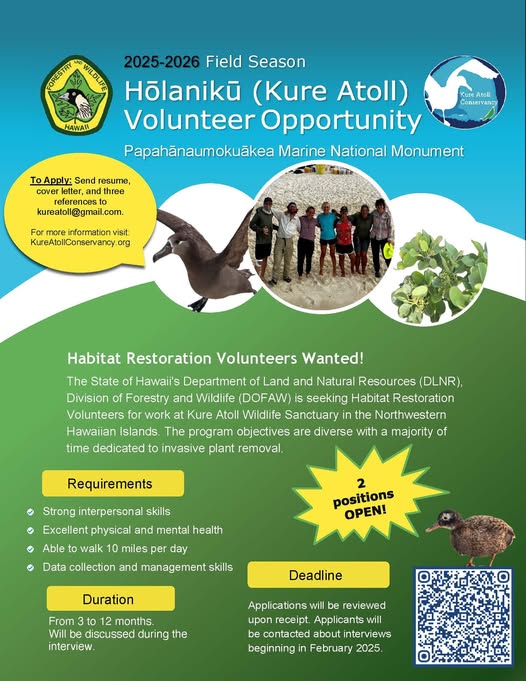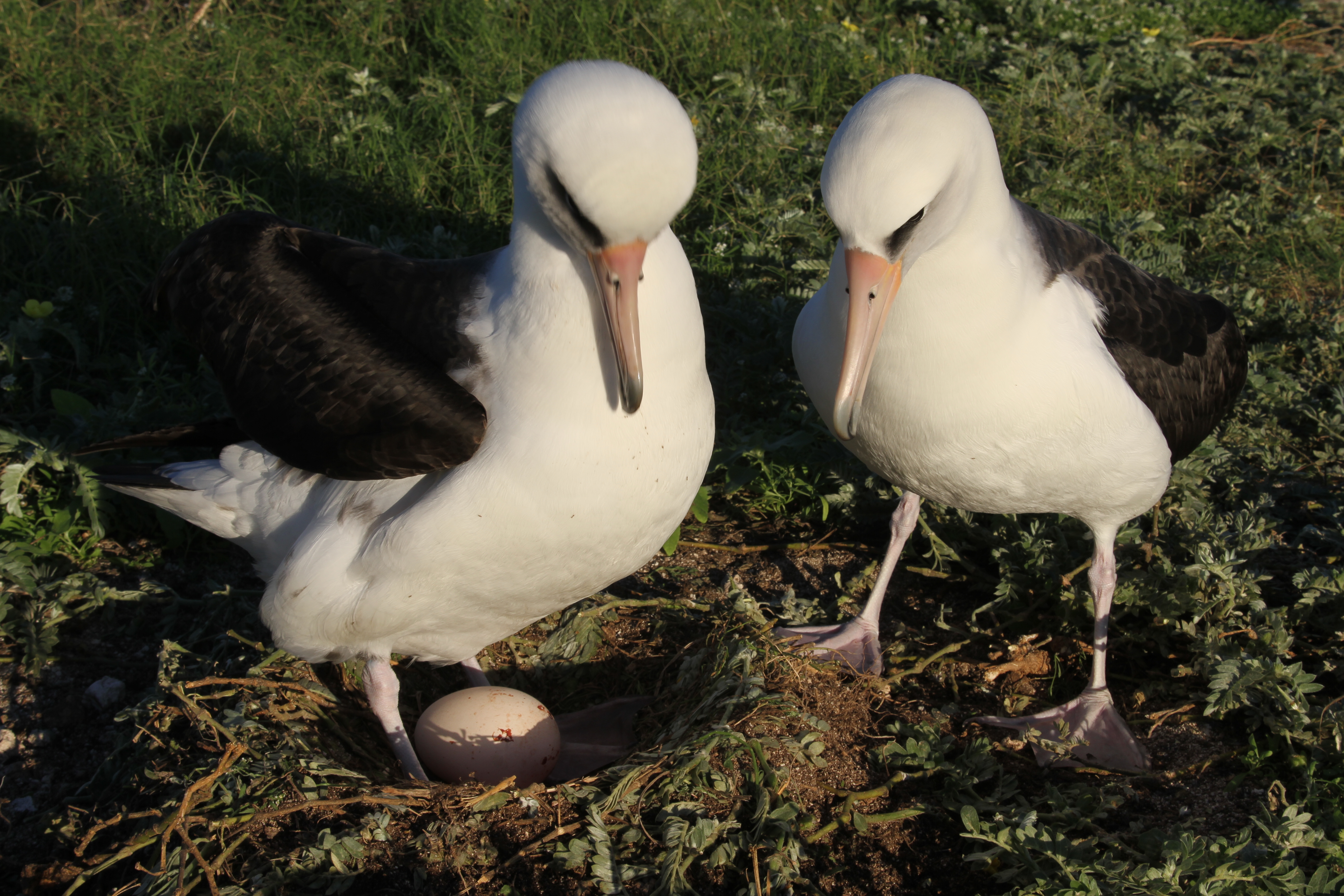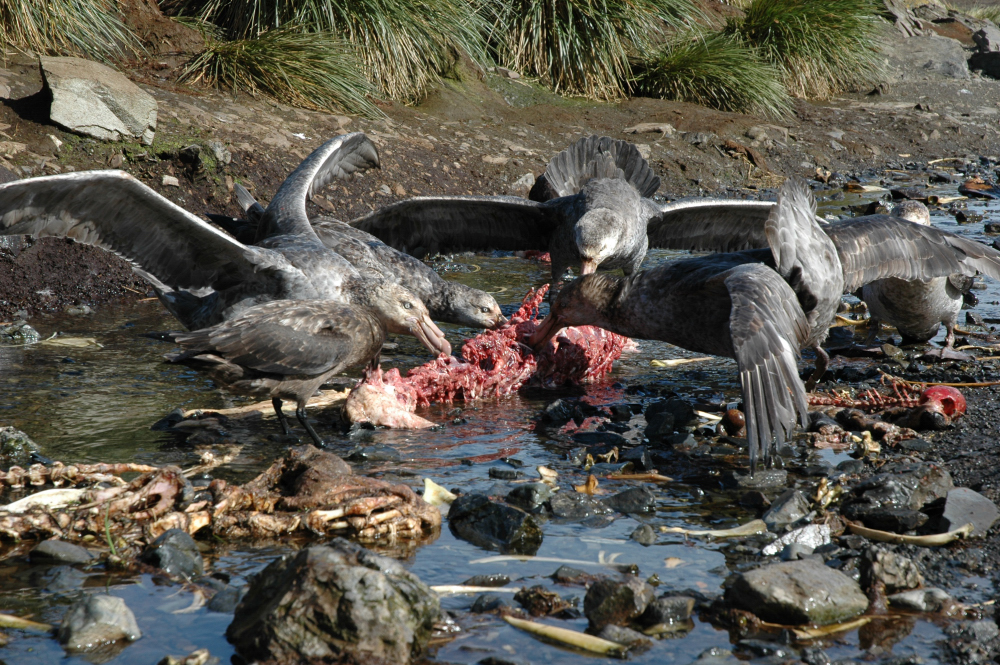A Manx Shearwater off the coast of Brazil, photograph by Dimas Gianuca
Katrina Siddiqi-Davies (Department of Biology, University of Oxford, UK) and colleagues have published open access in the journal Scientific Reports on migrating Manx Shearwaters Puffinus puffinus
The paper’s abstract follows:
“Long-distance migrants must optimise their timing of breeding to capitalise on resources at both breeding and over-wintering sites. In species with protracted breeding seasons, departing earlier on migration might be advantageous, but is constrained by the ongoing breeding attempt. Here we investigated how breeding timing affects migratory strategies in the Manx shearwater (Puffinus puffinus), a trans-hemispheric migratory seabird with large temporal variation in the onset of breeding. Using a geolocator tracking dataset, we found that that later-laying shearwaters had shorter overall breeding periods, yet still departed later for autumn migration. Earlier laying birds had increased migratory duration, stopped with greater frequency and at sites of higher chlorophyll concentration. Meanwhile, later departing birds flew more at night during migratory stints, and night flight generally increased with moon illumination, which could reflect moonlight providing the light conditions required for visually guided flight. Accordingly, birds that experienced higher levels of moon illumination whilst migrating had shorter migration durations. Here we provide an example of migratory behaviour being adjustable with breeding timing, allowing birds to both complete breeding and capitalise on resource availability at the wintering site.”
Reference:
Siddiqi-Davies, K., Wynn, J., Padget, O. et al. 2024. Night flight facilitates late breeding catch-up in a long-distance migratory seabird. Scientific Reports 14. 31792.
John Cooper, Emeritus Information Officer, Agreement on the Conservation of Albatrosses and Petrels, 21 February 202

 English
English  Français
Français  Español
Español 
 The State of Hawai'i’s Department of Land and Natural Resources (DLNR),
The State of Hawai'i’s Department of Land and Natural Resources (DLNR), 
 “The guiding heart”, a Buller’s Albatross Thalassarche bulleri by Virginia Nicol, Artists & Biologists Unite for Nature (
“The guiding heart”, a Buller’s Albatross Thalassarche bulleri by Virginia Nicol, Artists & Biologists Unite for Nature (
 Motuhara
Motuhara